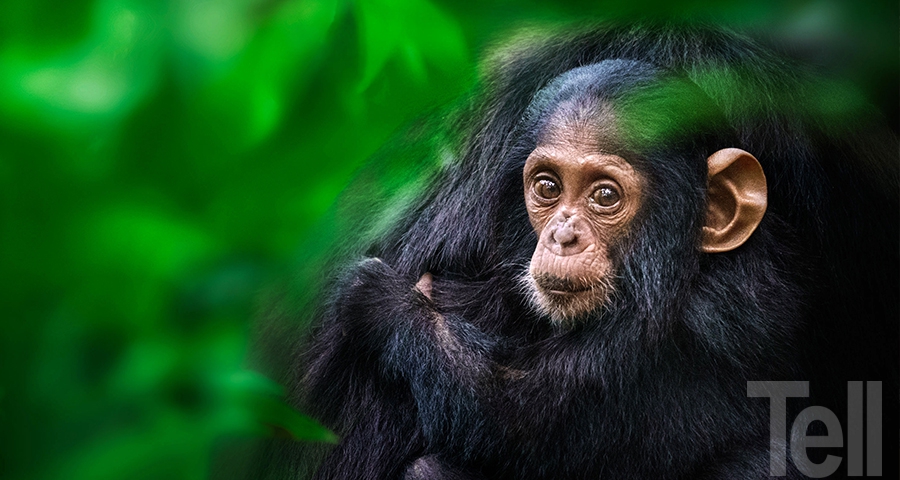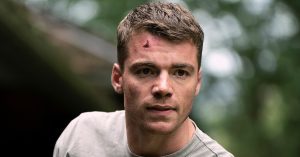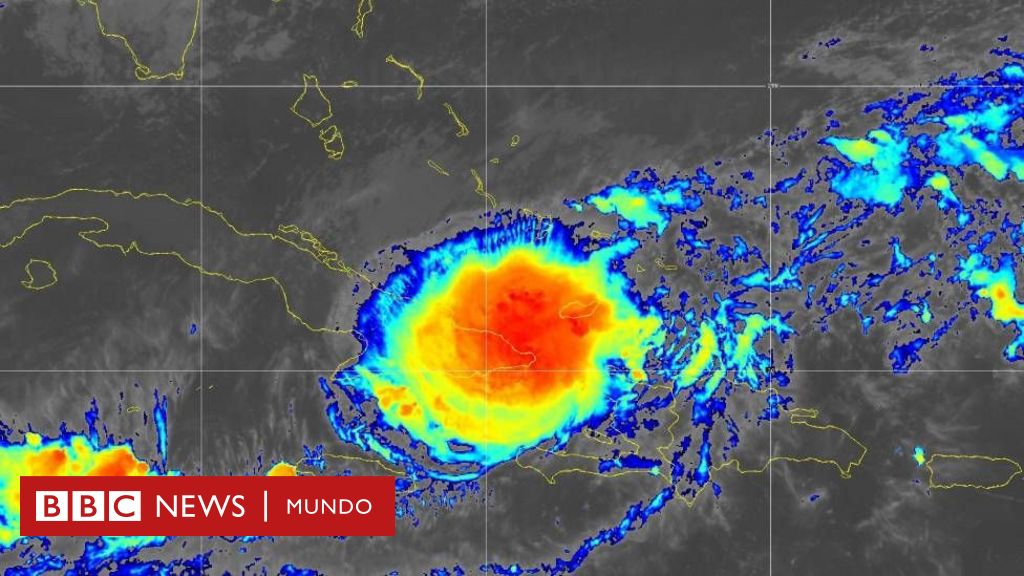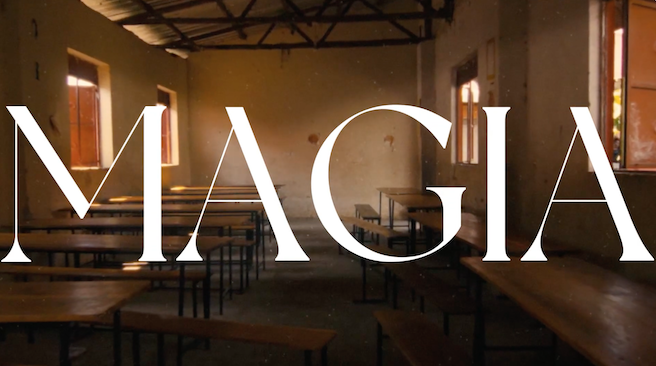Adventure in Uganda – say

For about twenty days, nature photographer Daniel Siclay observed crocodiles, giraffes, antelopes, lions, and elephants. He has toured impressive national parks such as Murchison Falls, crossed by the Nile, lived with chimpanzees in Kibale, and entered the impenetrable Bwindi forest to photograph the legendary mountain gorillas, who cruised across Lake Victoria, and navigated narrow reed canals in search of a prey. History, shared with the Batwa, a tribe of pygmies, and photographed more than two hundred new species of birds. “It is easy to fall in love with Africa, and in particular Uganda, which is a very rich country in terms of diversity, animals and landscapes.”
Text and photos by Daniel Zikalay
Uganda is the pearl of Africa. Its prime location, on the shores of Lake Victoria, makes it stand out, among other factors, as a place with a high concentration of bird species that makes it so attractive. We managed to photograph more than two hundred new species.
We arrived in the middle of the rainy season, at the end of September, with a group of friends and great nature photographers. It reminded me a lot of my trip to India. From arriving at the airport – where you see the different ethnic groups traveling on this continent – to when you walk its streets, which are lined with red earth, much smeared with rain. Too much crowding, too much noise, too many motorbikes—their main means of transportation—with three or four people on top of them, hauling everything they can think of: from bales of alfalfa to live pigs.
The people are extraordinary, despite the extreme level of poverty, they are always happy, always smiling. In the face of the harshness of life, they are very supportive. Only fifty percent of the population has access to water. It is common to see children as young as six or seven carrying barrels of water along the road; For the woman who has branches and wood on her head to be able to make a fire. People devote a large part of their daily routine to their livelihood. They live from day to day, they live to survive.
Schwebel, gorillas and chimpanzees
Taking pictures of nature is complicated, and not everyone adapts to it; You have to get up early, rest is scarce and the rhythm is very intense. You have to travel several kilometers on foot in search of your target.
We toured most of Uganda looking for different species. We were constantly moving from one place to another in the jeep. We enter several national parks: Queen Elizabeth, Semlinki, Lake Mburo, Magahinga and Murchison Falls, where you can appreciate the power of the Nile in all its magnitude in its cascade.
In Queen Elizabeth Park, we immortalize the so-called Big Five (we lost the rhinoceros): elephant, buffalo, lion and leopard. The latter are very strong, very strong animals and they convey, almost wonderfully, that place they have within the food chain.
One of the symbols that made us choose Uganda, besides the mountain gorilla, was the sighting of the so-called shoehorn, a prehistoric bird of which little is known in its natural habitat. In order to find it we had to travel over an hour by boat on Lake Victoria, until we came to some inland islands, taking lighter and more suitable canoes which allowed us to pass through very narrow channels between grasslands and reeds until we arrived. I found him in his hometown. That was one of our big goals.
The country has some amazing landscapes, from steppes and savannahs, where you can find giraffes, rhinos and elephants, to mountainous regions such as Bwindi, which is an impenetrable jungle, where you have to go with a machete to make your way to be able to find mountain gorillas, which are characterized by With a cooler and rainier climate.
In order to see them we entered Bwindi. It forces you to bring enough water and food in case you get lost, you must go with a helper who accompanies you and takes your things in the purest Himalayan Sherpa style.
We were able to observe a family of gorillas in their natural habitat, which are led by the formidable silver back, interacting with their females and their cubs. It’s scary to think that with their size and strength they can manipulate you like a skein of wool, but on the contrary, they are very calm and gentle. There was a learning experience.
Days later, in Kibale National Park, in southern Uganda, we found chimpanzees, the biggest surprise of the trip, because our greatest expectations were focused on other species. However, as we approached them, their cries could be heard calling to each other and small groups passed around us. Unlike the gorillas, they made us feel like we were visitors and were very attentive to our steps.
“I will repeat a thousand times”
The powerfully amazing thing is how people live with such strong nature. Elephants wreak havoc on crops. They move everywhere, through cities, through streets, along highways, as part of their territory. What is so wonderful and exhilarating to us is problematic for Ugandan society.
We were surprised to visit the Batwa, a tribe of pygmies who originally lived in the Bwindi forest and shared land with the gorillas until 1991. That year, the government turned the forest into a national park to protect the gorillas, a decision that did a lot of damage to the Batwa. By integrating them into society, a large part of the population died because they contracted various diseases. As they made music with their voices and clapping, they told us their story.
Uganda is a very poor country in terms of services and infrastructure, yet extremely rich in culture, animals, and landscapes. There, bright colors prevail, streets and landscapes are full of life. It reminded me of the Natgeo documentaries I watched as a kid and when the chance of trying something like that seemed so remote. You want to be there all day. will i be back Once and a thousand times.”
@employee
www.flickr.com/photos/dsziklai/

“Professional problem solver. Subtly charming bacon buff. Gamer. Avid alcohol nerd. Music trailblazer.”





:quality(75)/cloudfront-us-east-1.images.arcpublishing.com/elcomercio/6NEH6FMKYBCU7JJWZ5GVRZKTRM.jpg)
/thumbs.vodgc.net/1-14-FnXFWZ1684253239488_1080P.jpg)





